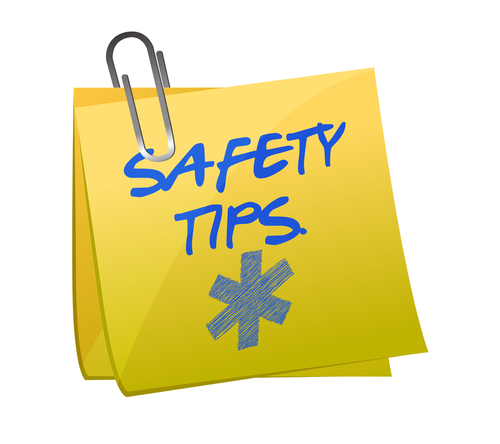 |
To recap, as the key interface between management and line employees, the frontline supervisor is considered by many to play a pivotal part in worker protection. Craig Hamelund, a safety specialist and educator with Oregon OSHA, recommends training your supervisors on the following best practices in safety supervision.
3. Discipline appropriately. Another practice Hamelund recommends involves helping supervisors determine if discipline is called for or if an incident occurred because the supervisor failed to meet his or her responsibilities. The technique is based on the five duties of a safety supervisor, as described in the Oregon OSHA workshop.
In order to decide if discipline is appropriate, a supervisor should insert the words “Did I?” in front of each duty as follows:
- Did I provide safety education and training?
- Did I provide resources and support?
- Did I enforce safety policies and rules?
- Did I provide adequate supervision?
- Did I demonstrate safety leadership?
Think you have no time to train? Think again. BLR’s 7-Minute Safety Trainer helps you fulfill key OSHA-required training tasks in as little as 7 minutes. Try it at no cost and see!
“If any of these cannot be checked off, discipline is probably not appropriate because it means that the supervisor failed to provide something workers need,” says Hamelund.
4. Be visible. Finally, Hamelund advises supervisors to be present and involved. Be visible, communicate, and act as a resource to those under your supervision, he says. Have the “personality and patience” required to lead. Sure, you have to play the role of the enforcer sometimes. But don’t let that part of the job dominate.
Effective 7-minute sessions provide comprehensive safety training at an average cost of $1 a day. Get the details.
